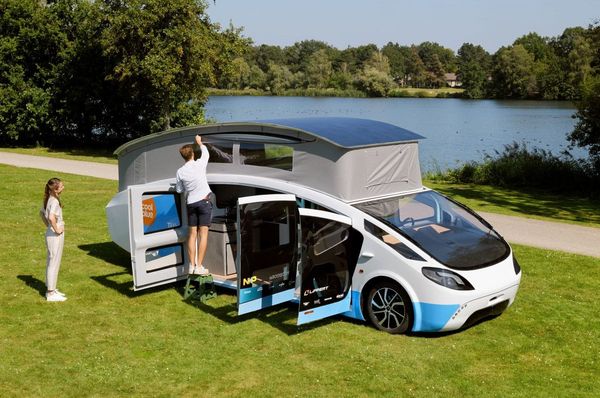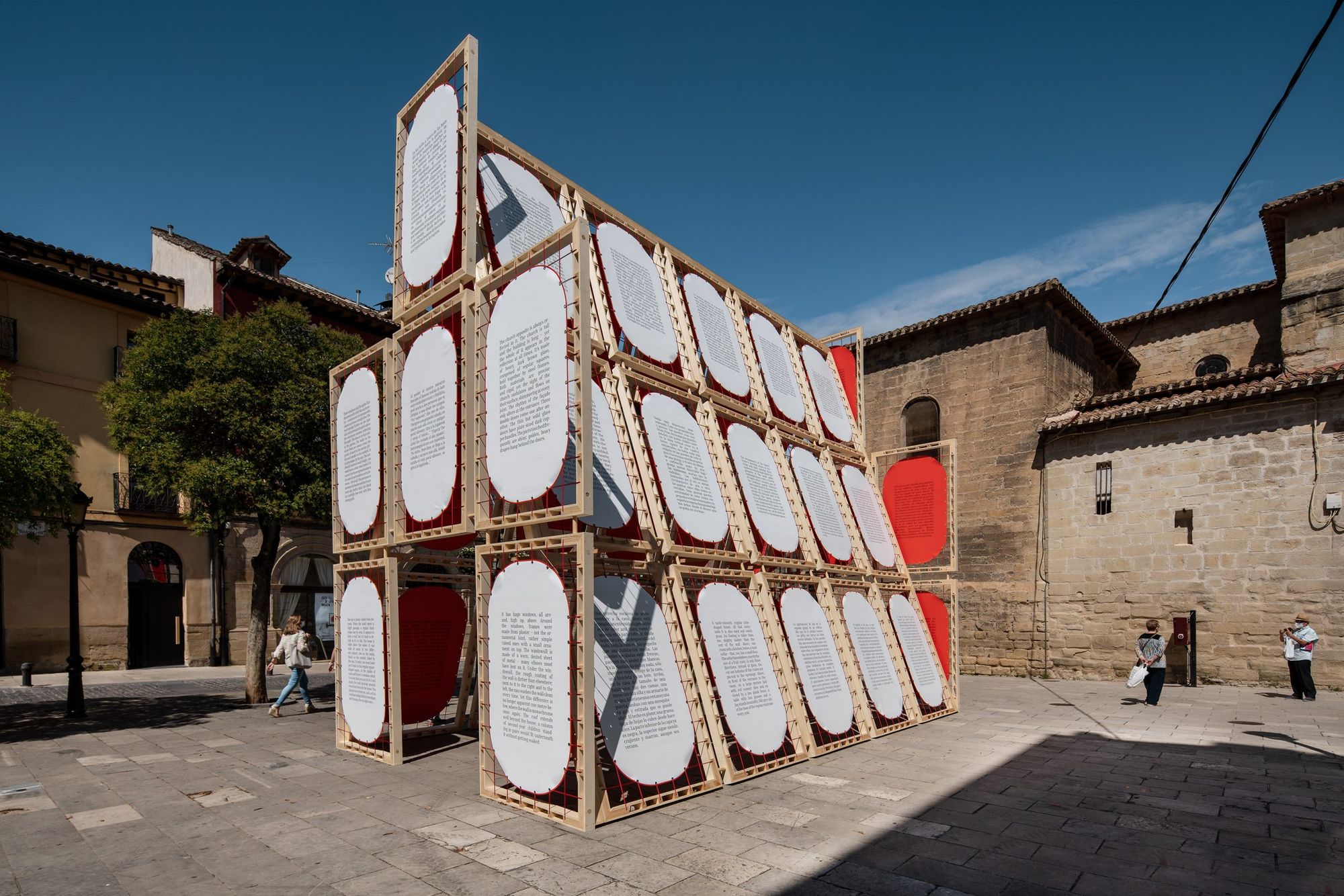From 2-5 September, for the seventh time already, the Concéntrico festival was held in the city of Logroño, northern Spain. This year, the Paradigma Ariadné design studio was also invited, although they were not the only ones representing the Eastern European region.
The international architecture and design festival Concéntrico aims to create a bond between architectural heritage and contemporary architecture through temporary installations and interventions by invited designers while also encouraging citizens to think and act together.
The curatorial team of the Hungarian pavilion of this year’s 17th Venice Architecture Biennale, Paradigma Ariadné studio, was also invited to the Spanish festival. The designers’ installation is located right next to the Church of St. Bartolomé in Logroño, whose namesake was an important source of inspiration for the concept of the building.
Saint Bartolomé was one of the twelve disciples of Jesus who are believed to have been skinned alive, which is why most paintings and sculptures show him without his skin or with his skin separated from his body. Paradigm Ariadne reflected on the relationship between the body and the surface of buildings along the apostle’s story and the tragic end of his life.
“The installation was built up in a panel-like manner from the dominant wooden frames in leather-based parchment making. Texts were placed on a stretched surface between the frames to give the building an added visual impact through legibility. In this way, the surface of the building became a carrier of information as important as its form or details,” the designers explained.
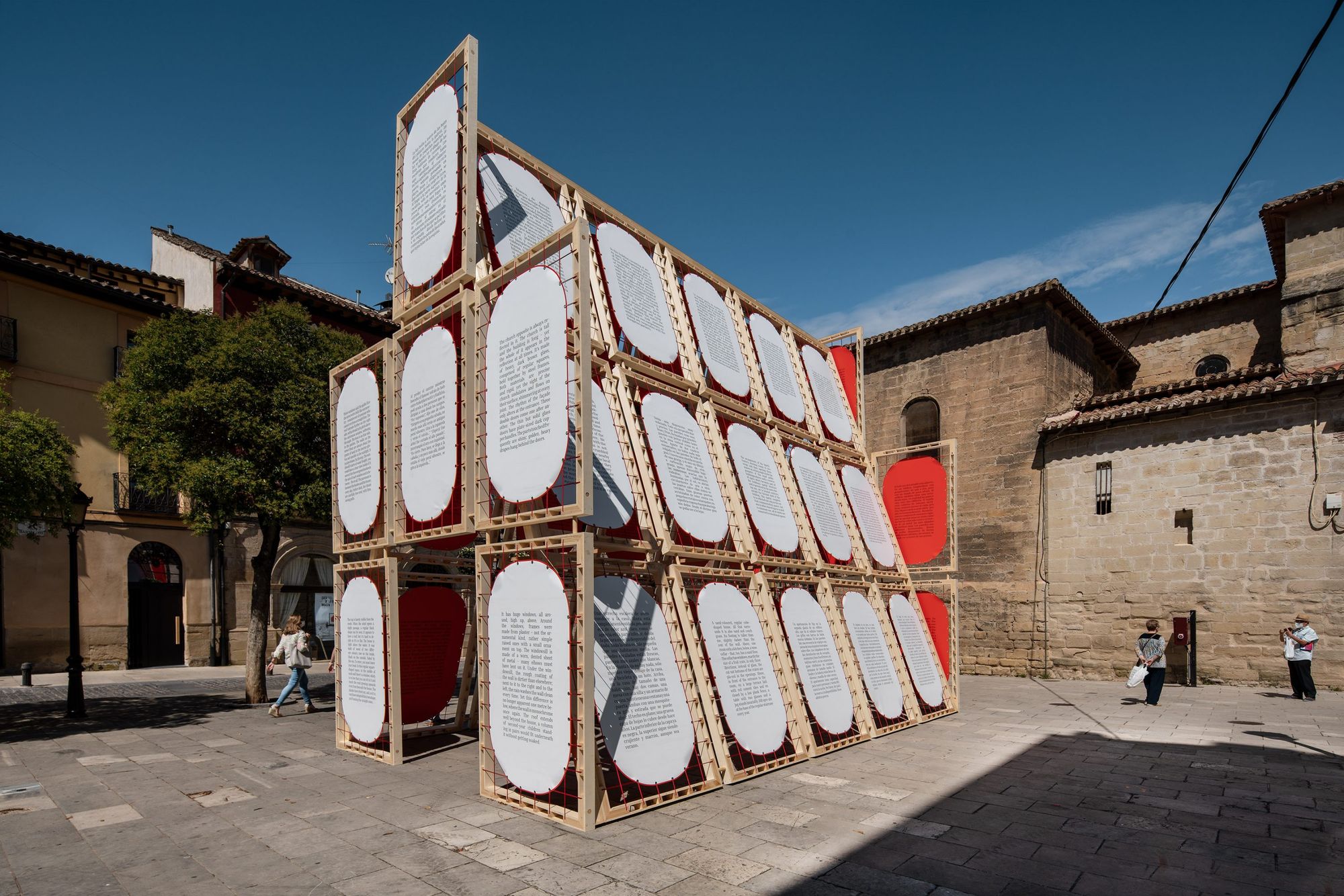
They designed a fronted tent, a building that evokes the formal logic of ancient times, “which could conceivably be one of the first shapes to be created after man realized the representational capacity of architecture in the Hegelian sense.”

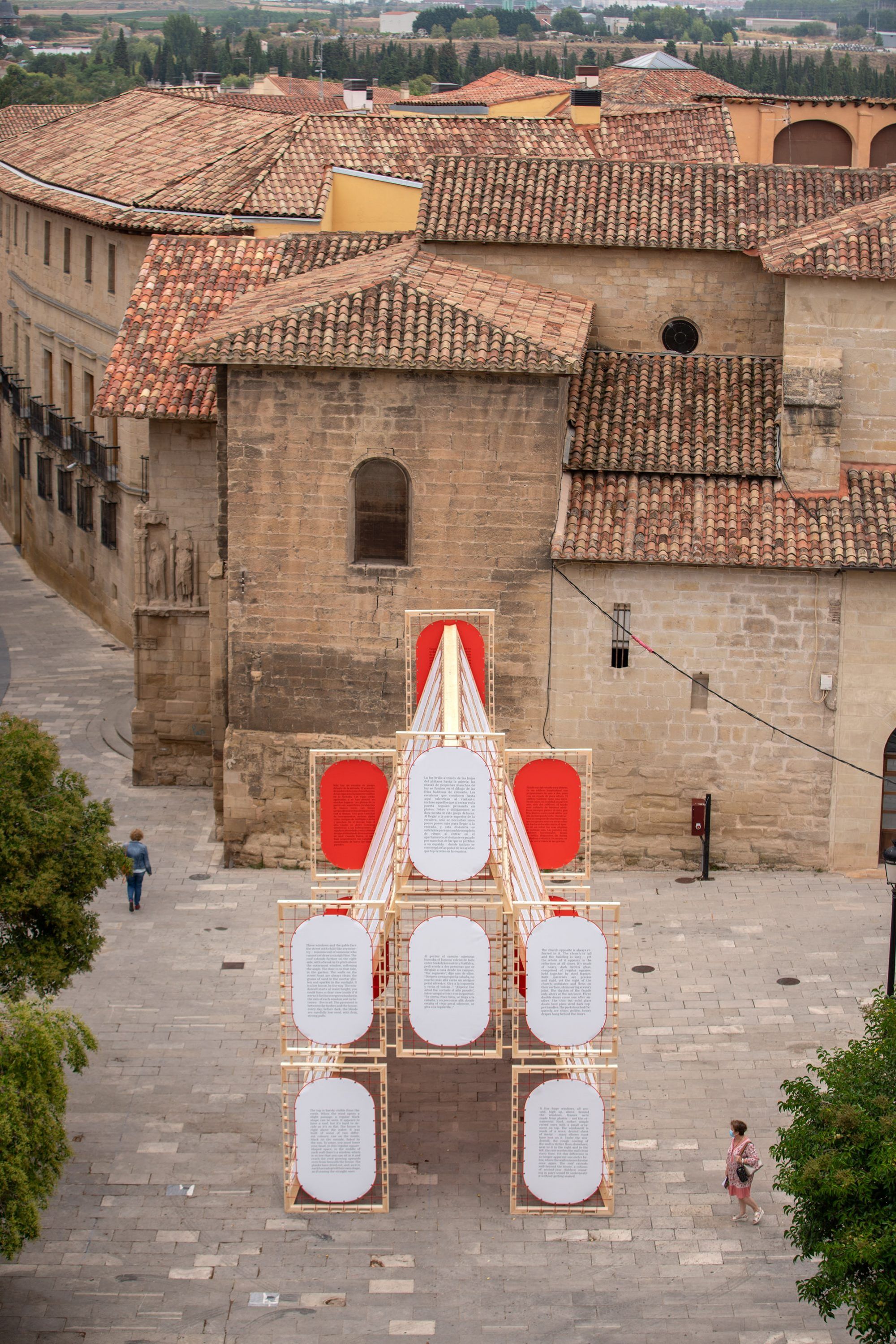
On the panels stretched to the structure, we can read the descriptions of forty-two different architectural objects that capture the moods, colors, smells, details, all that is, in reality, determine what do we experience in a space. By describing fictional places, the designers remind us that we can live through and see spaces through texts. “The resulting analog-virtuality was the defining architectural quality of the installation,” say the designers.
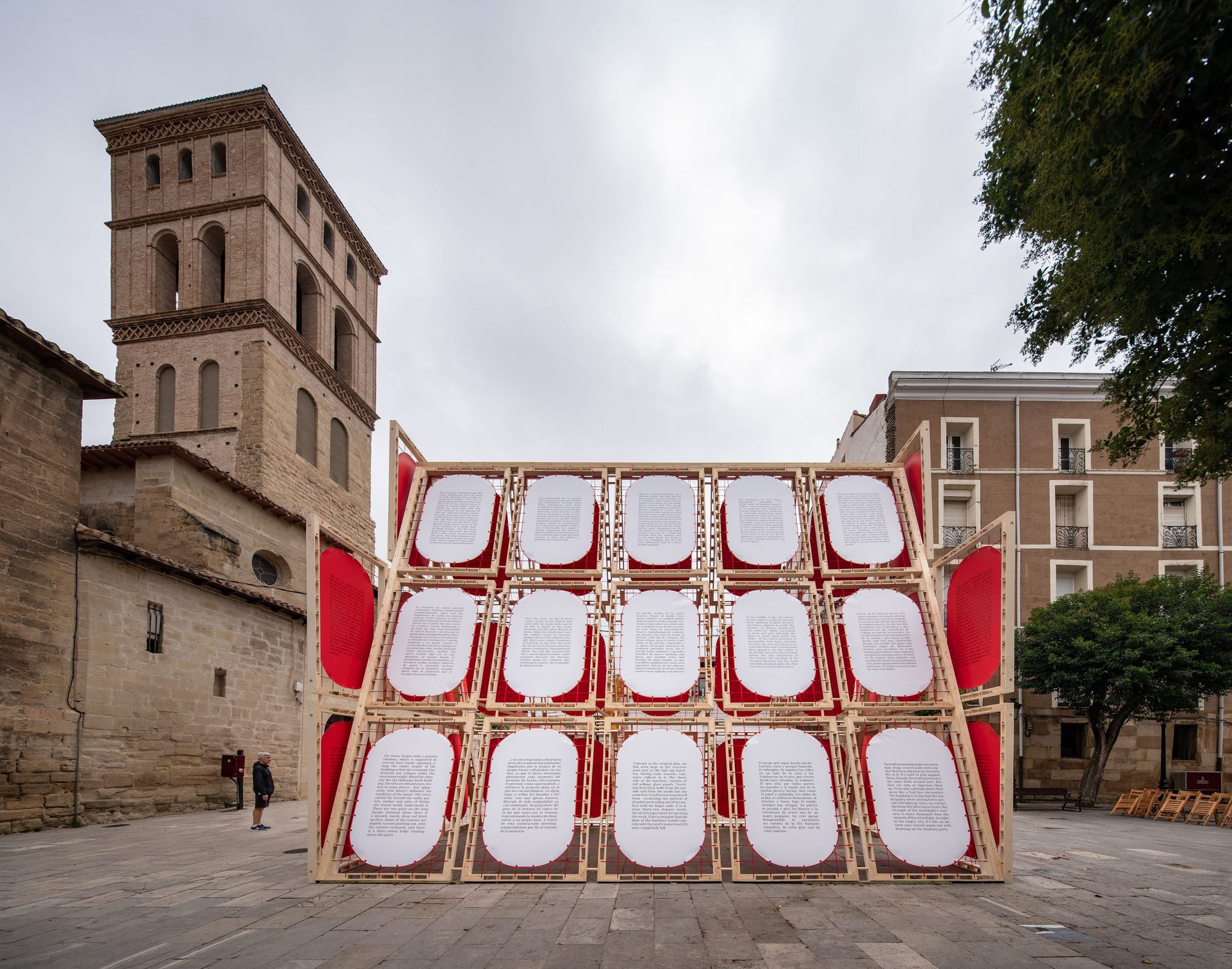

Alongside the Hungarian team’s installation, Romanian, Czech, and Polish works from the architectural scene of the Central and Eastern European region were also presented. Romanian designer Radu Abraham created a fusion of design, architecture, and sculpture with his installation, No Words Conversation. The Czech design duo Herrmann & Coufal proposed a revival of DIY culture, and to top it all, in the form of a workshop open to city dwellers. DIY enthusiasts could create a modular bench and table system, which served as public furniture during the festival, and after the event, they could take the items home. A less practical, more conceptual project was presented by Warsaw-based Aleksandra Wasilkowska, who drew attention to the role of women, often overlooked in the architectural canon. Although there are so many utopian architectural designs by male artists, from Le Corbusier’s “Radiant City” to Yona Friedman’s Spatial City, the work of visionary women such as Eileen Gray and Donna J. Haraway is obscured. Wasilkowska’s installation pays homage to the ideas of these artists.
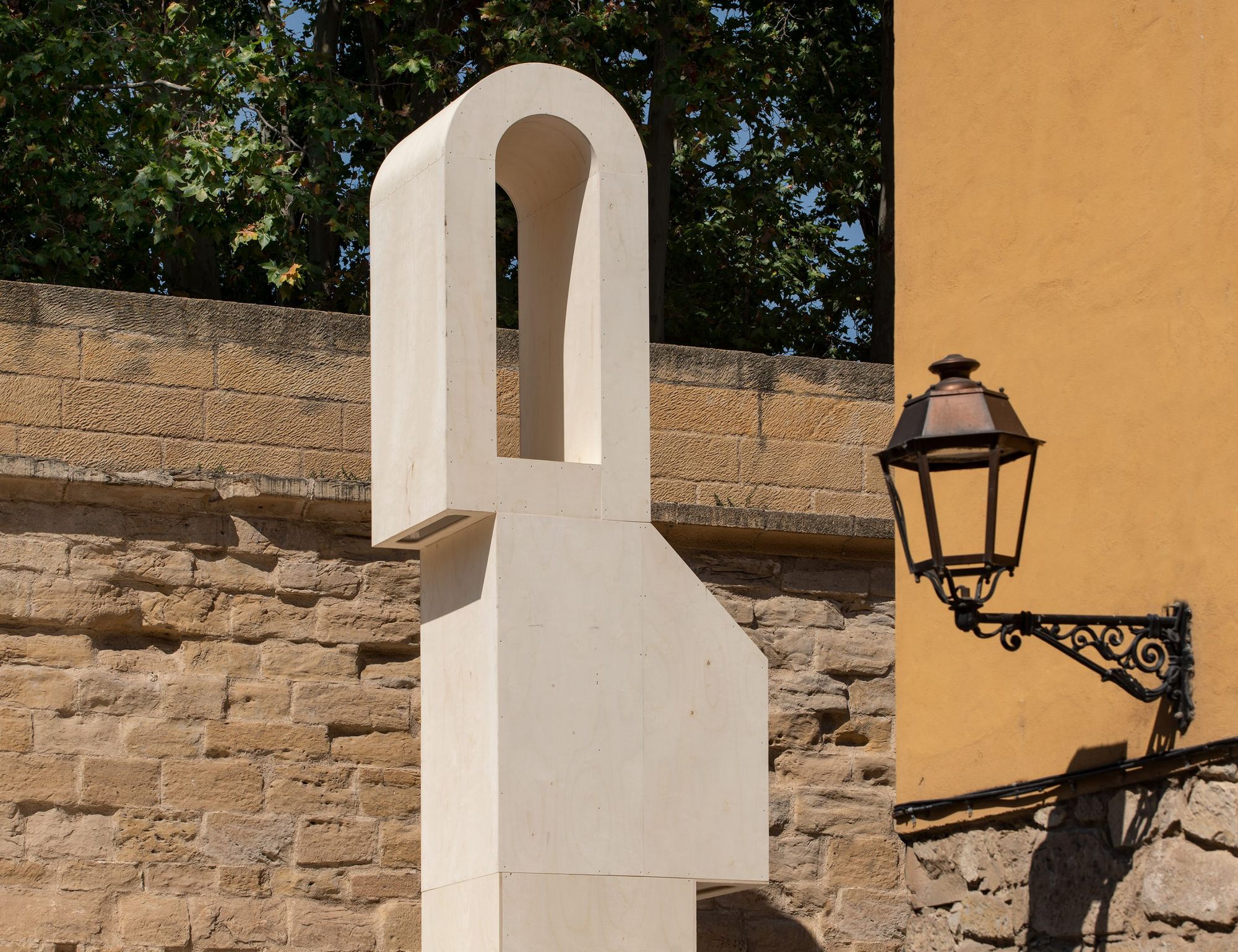

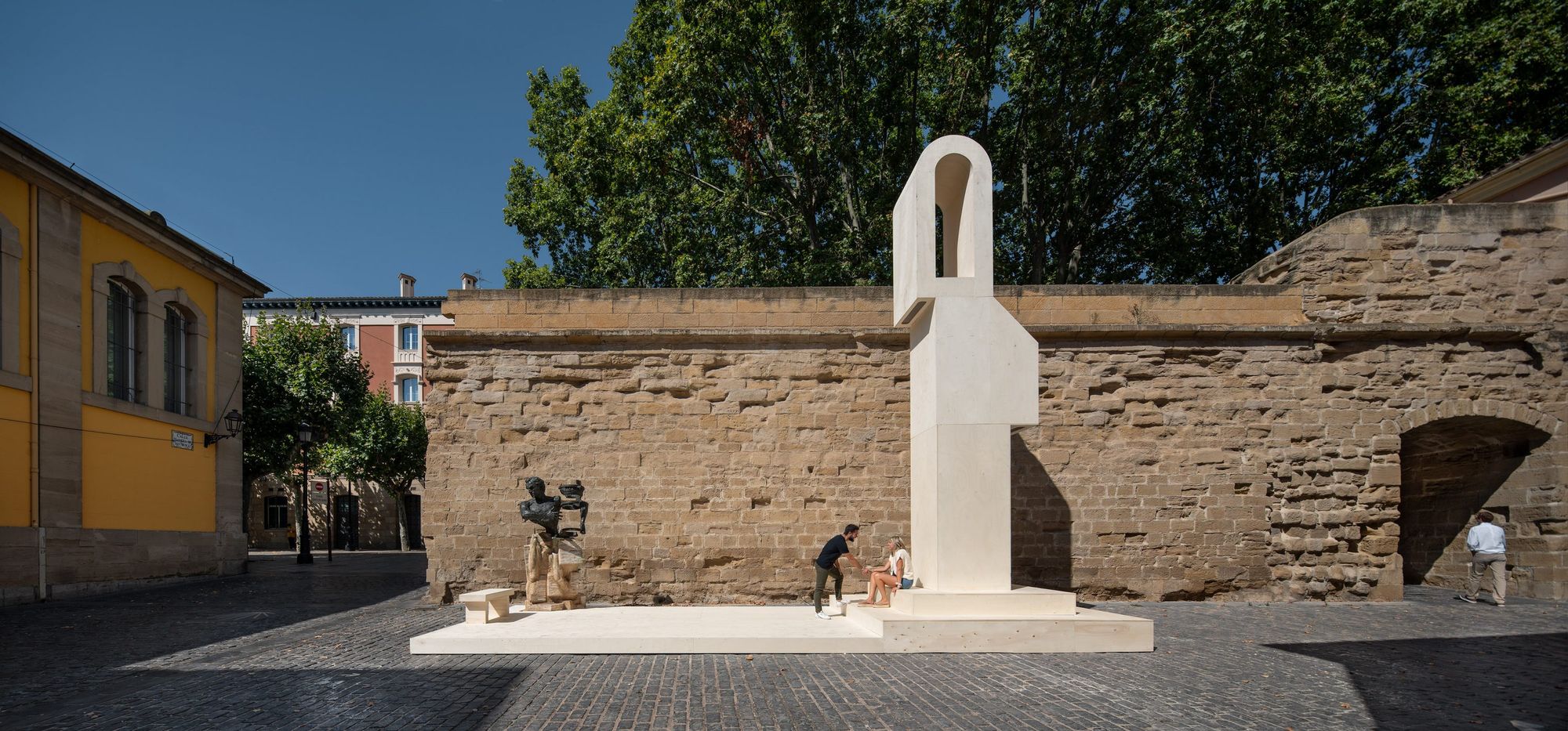
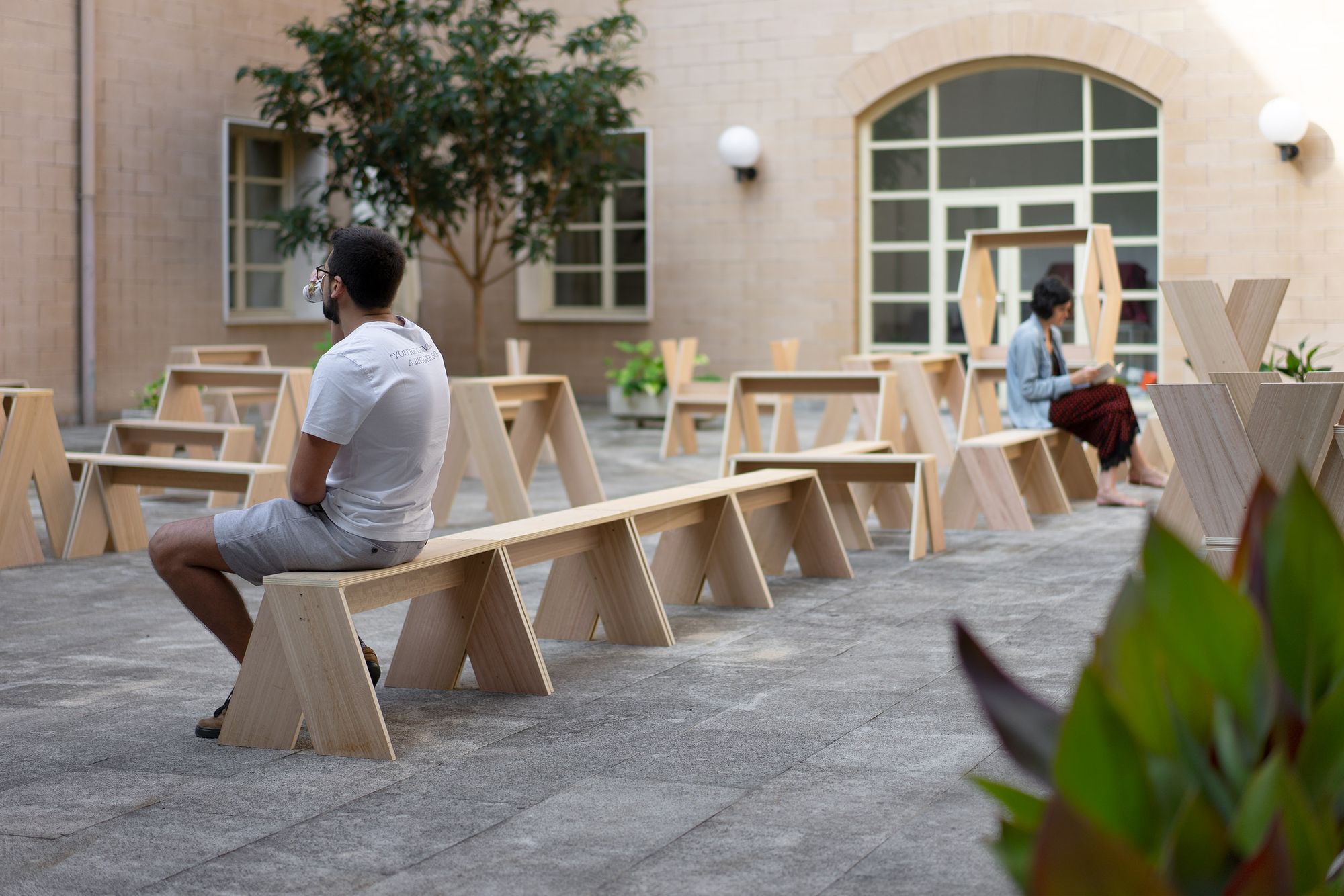

The texts for Paradigma Ariadné’s installation were written by colleagues and friends of the studio: Lilla Árkovics, Mihály Balázs, László Belkovits, Levente Borenich, Bence Cselényi, Tamás Dévényi, Andreas Fogarasi, Emil Dénes Ghychy, Sándor Guba, Dániel Győrfi, Péter Hámori, János Hódsági, Bence Ivánovics, Kádár Bálint, Kiss Virág, Kovács Dániel, Kulcsár Géza, Martinkó József, Miklósvölgyi Zsolt, Molnár Szabolcs, Schweger Zsófia, Szabó Beáta Tünde, Szederkényi Lukács, Tarcali Dávid, Weiszkopf András.
Concéntrico | Web | Facebook | Instagram
Source: Concéntrico, press release

Design shops in Eastern Europe | TOP 5
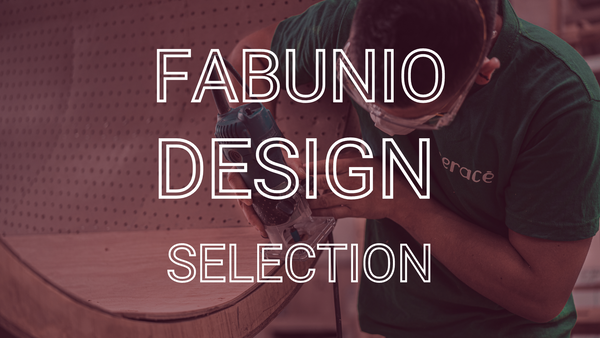
Show your marketable product at the OTTHONDesign Ősz event!
